What is Tongue and Groove?
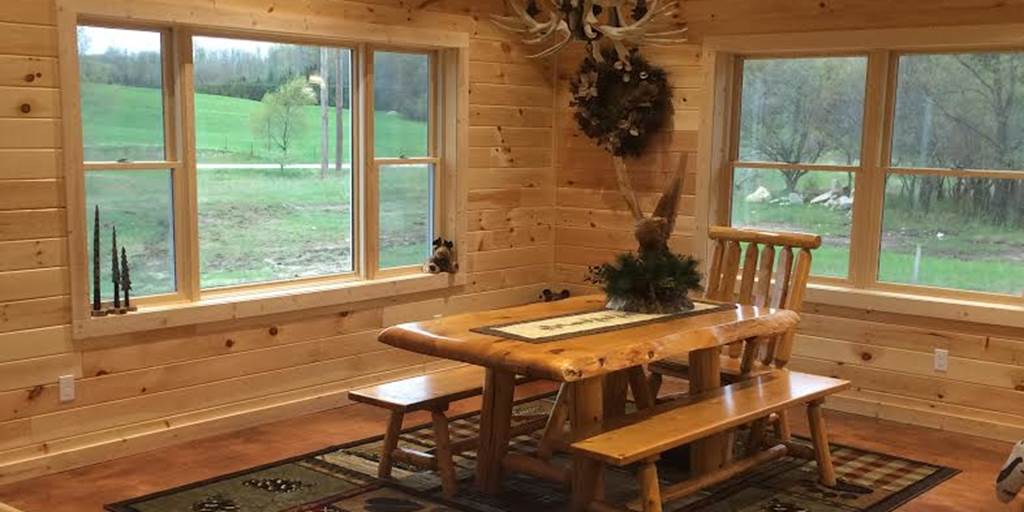
Tongue and groove paneling is a popular way to create a genuine log cabin look and feel with a reasonable budget. Technically, it's a smooth wood product that has beveled edges on all four sides, and the "tongue and groove" name refers to how the two wood panels are joined together.
One side of the wood paneling has a projection called a “tongue” and the other side has a open slit called a “groove.”
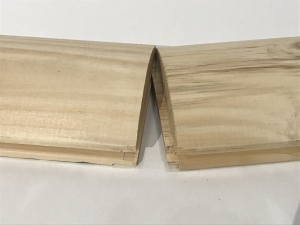
This system (sometimes also referred to as T&G) creates a seamless look, plus because the panels fit perfectly together, the installation process is a breeze.
Tongue and groove gives a very modern look to the room because the nails are hidden, so builders who enjoy a more minimalist look love the simplicity of the finished wall.
Tongue and groove walls aren't your only option: other popular styles you may have heard of are shiplap and nickel gap. I'll share more about shiplap down below so you can compare your options.
There are 3 main benefits to using tongue and groove for walls or ceilings.
3 Reasons to use Tongue and Groove Paneling and Siding
1. Great for High-Moisture Rooms
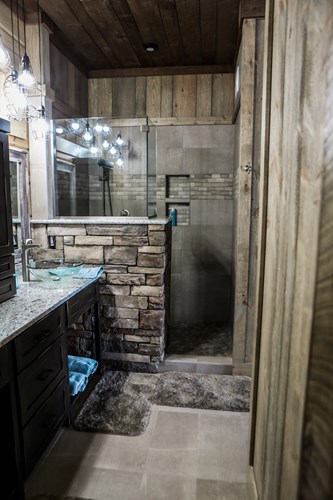
Because tongue and groove walls interlock, they're strong and don't warp easily. You might think wood walls are out of the question when it comes to bathrooms (or even really high moisture areas like an indoor pool).
But tongue and groove paneling gives you the option to get that pine, cedar, barn wood, or log siding even in areas where wood is usually passed over for dry wall or tile.
Another benefit you get from all those interlocking parts is that it actually enhances the structural integrity of the room, whether you choose T & G for your walls or for your ceilings.
2. Genuine Log Cabin Look and Feel

Tongue and groove is eye-catching. If you get a good quality wood for your walls, it's easy to stare at for hours and hours, admiring all the complexities of the wood grain.
Of course, not all tongue and groove is the same. First, you'll want to decide what type of wood you want for your walls or ceiling.
We offer pine, cedar, barn wood, and log siding, all sourced from the woods of Michigan, which is known to produce tightly grained, beautiful lumber. These panels look fantastic on walls and ceilings, either in a horizontal or vertical Wainscot patterns.
3. Easy to install
The wood does most of the work for you.
Our tongue and groove panels arrive with the joinery ready to go, so all that's needed is to place the wood together and reinforce with some 2x4 beams and brad nails (and a tapping block to make sure you don't ding up the beautiful wood grain).
It's a much easier process to get right compared to dry wall, tile, or various other ways to build a wall.
Plus, one of the main benefits of shopping direct with Northern Log Supply is that we offer 14 different options for pre-stained, pre-finished lumber. That means you can skip the painting, staining, and sanding.
The moment the wood arrives is when you can start putting up the wall. And you have more options to choose from so you can get the exact look you want. No need to settle for "good enough."
What are the Downsides to Tongue and Groove Walls?
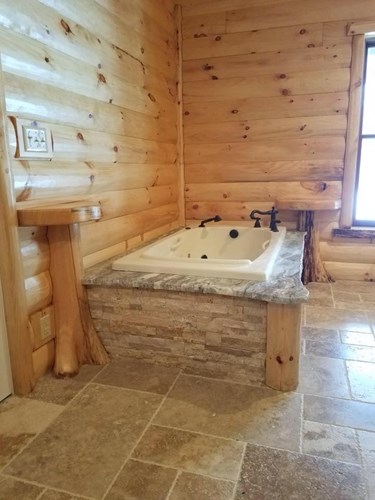
I want you to have all the necessary information when deciding whether or not to go with a tongue and groove wall, so it's important to know the downsides.
There aren't too many, to be honest, especially if you're using high quality lumber and you do a minimal amount of maintenance.
One issue some home-owners face is that tongue and groove panels can shrink in particularly dry climates (like Arizona). This is where it's really important to source your wood from expert lumber-yards. This is completely avoidable if the wood is properly dried.
Make sure you ask the lumber mill how the wood is dried - is it kiln dried? Is it naturally dried? To go even deeper, if it's kiln dried, is it done in a few hours or over the course of several days?
At Northern Log Supply, we prefer kiln dried panels because it sanitizes the wood and removes any insects, mold, or fungus from the wood so that each panel won't degrade, and they don't require any harsh chemicals to be fit for building.
However, we kiln dry over several days to ensure even drying. While air-drying preserves color a bit better, the benefits of a slow kiln dry create a stronger, more enduring lumber overall that's much better for interior and exterior applications.
You might also read some horror stories of tongue and groove cupping, pulling apart, or just generally warping. Again, this is all completely preventable so long as your source high quality lumber.
3 Differences between Tongue and Groove and Shiplap
Shiplap walls have grown in popularity over the past 10 years as it's a mainstay design aesthetic used by Chip and Joana Gaines.
From a first glance, shiplap and tongue and groove look similar, but there are a few key differences to note on both design and installation.
The main questions to ask are:
- Do you want to see nails from installation?
- Do you want space between the boards?
These are questions of taste and aesthetics, so there's no right answer here.
1. Modern vs Traditional
Shiplap is ideal for a rustic, modern farmhouse style. Tongue and groove is a bit more rounded and traditional looking.
To give you a better idea, check out some of these pictures that illustrate the differences.

Above is an example of shiplap. You can see some small spaces in between the individual panels, and that the boards are more "squared" off. That abrupt edge is consistent with a more modern design aesthetic. Compare that to the wall below, which is made in the tongue and groove style.

Because the panels are beveled, the transition from board to board is smoother.
Overall, shiplap gives a more modern look, which might be perfect if you're going for a refreshed farmhouse style.
Tongue and groove offers more of a traditional log cabin style that's a bit "warmer" or "cozier." It really comes down to the beveling, and whether or not you like the more rounded panels (T & G) or the straight-edge panels (shiplap).
2. Cost
Shiplap is less expensive compared to tongue and groove, but the seal on shiplap isn't quite as strong as with Tongue and Groove because you're not getting those interlocking pieces.
3. Installation Ease
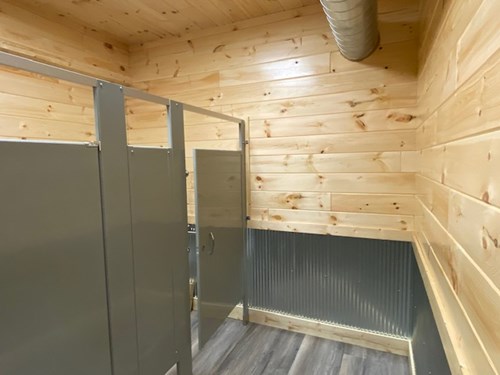
Shiplap is also a bit easier to install compared to tongue and groove because you don't need to interlock the panels as you go.
For both styles, you can hide the nails easily. But if you prefer the rustic look of visible nails, then shiplap is the way to go. This is a more "niche" style, and not many people opt for it.
Northern Log Supply has both shiplap and tongue and groove paneling available, direct from the forest. To complete your project, we also offer a variety of pre-finishing and pre-stain colors for even easier installation.
Complete Your Tongue and Groove Project
If you're looking for tongue and groove lumber today, you're in the right place. We make it easy at Northern Log Supply.
Choose a clear coat to bring out the wood’s natural beauty, or select a wood stain, like popular colors “Gunstock” and “Country White,” from our pre-finish selection for cheaper and faster installation. Our friendly staff can help you from measuring to ordering through shipping and installation.
Contact us for advice on selecting the right wood, finish, and features for your home.
